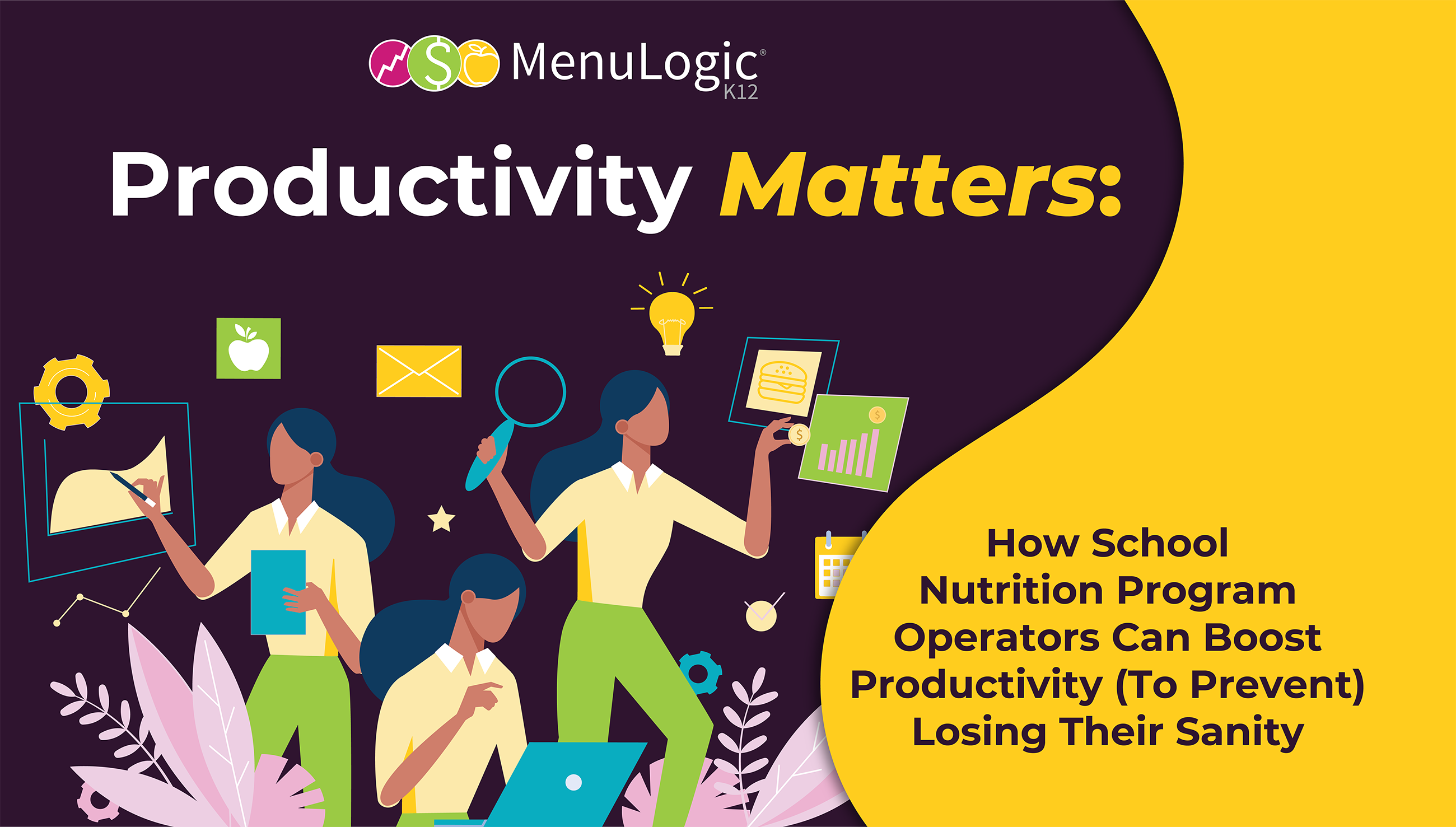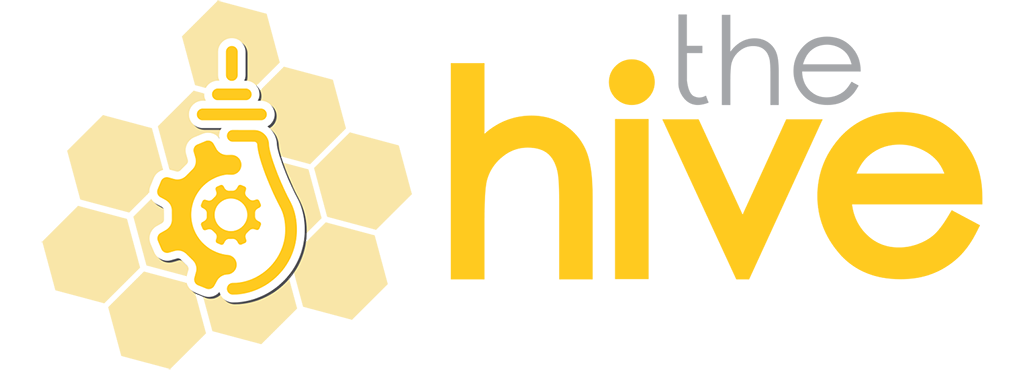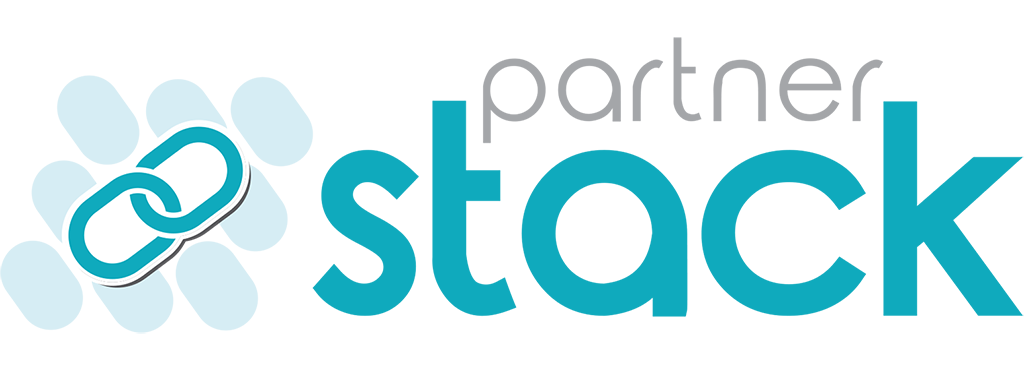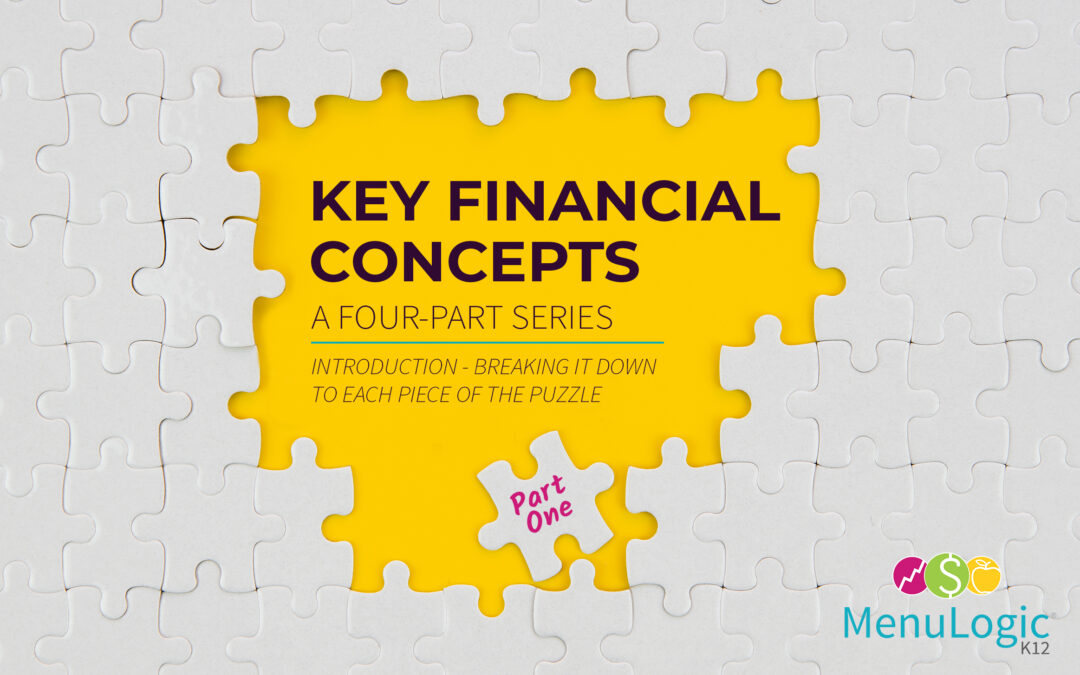Who here feels they were properly trained on the necessary financial management concepts required to run multi-million dollar (school) restaurant chains? I know I’m in the group that would probably say I had some basic skills and the rest I learned “on the job.” I went to Purdue University and studied to become a Registered Dietitian. Luckily, Purdue had an option for “Food and Nutrition in Business” that I was able to snag some courses in marketing, accounting, economics, etc. Although, if I’m being honest, I was more grateful for those courses back then then I am today. Meaning, I loved learning something other than science, but I’m not sure how much it actually prepared me for walking into a role as a school nutrition Director and what I do today.
Learning on-the-job (literally)
So there I was, just landed my dream job (School Nutrition Director), and no idea what I had gotten myself into. I was now responsible for a team who had a lot more experience than me, which was intimidating to say the least. One of my first “to do’s” was to pay the bills that had stacked up. The accounts payable person taught me how to complete the paper voucher and break it down, sign off, done. Did I just sign off on a check to our food vendor for ~$50,000? Did I add that correctly? Is that good or bad? What is even happening right now, I’ve never seen a check for $50,000? I remember asking my co-worker in our business office her opinion and she was honest with me: managing the “budget” to ensure I keep or grow a fund balance was part of my new job and I was going to have to figure it out.
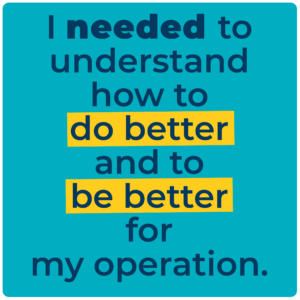
Obviously (well thankfully), as the years went by, I learned more and more. One of the best moves I made was to create a spreadsheet system of tracking expenses and revenue as it was spent and earned. The truth is that those first few years there was no strategy, just learning. But I was able to compare what happened year to year and month to month. The more I compared, the more I wanted to know. I needed to expand my spreadsheets and this led me to teaching myself how to use Excel. If there was something I wanted to know, I googled how to do it and practiced until I got it working. I attended every conference, every training, made friends with directors who were way smarter than me and willing to answer my questions, and soaked up as much as I could in terms of financial management. I needed to understand how to do better and to be better for my operation.
The driving factor
If I’m being brutally honest (which is really the only way I know how to be), the main reason I worked so hard in learning financial management skills is because I wanted to be able to invest money in our program. I wanted to be able to hire/ maintain/pay our amazing team members, buy quality food and ingredients that we thought students would love, and improve facilities and technology infrastructure to make the best possible experience for students and families. But, all of that costs money. How was I going to figure out how to bring in revenue, manage expenses, and have enough leftover to invest in everything we needed to improve?
Time and experience vs. real-time data
I took the long road. I spent years monitoring these spreadsheets and looking at trends from year to year. I was constantly making improvements to these sheets to make them work faster and give me more information. I could see what my Profit/Loss was month by month in a given year. But I also knew there were so many caveats that made this information not super useful to me. For example: I always show a huge loss on paper in August. That’s because we are buying a lot of inventory and supplies up-front with limited operating days (revenue) as compared to other months. But what did I actually spend in August vs. what I purchased in August? What did I actually earn in August vs. what I actually received in the bank in August? I could probably list 100 more of these questions that ran (still run) through my mind. I was guilty of holding my breath until June 30th to see how we actually ended the school year in terms of Profit/Loss. As the years passed, I improved the speed in which we could monitor these spreadsheets into more real-time data (monthly or sometimes weekly). But the questions still loomed: what am I doing with this? If I saw something I didn’t like, I didn’t change it right then. I hoped it would improve. Sometimes it did, sometimes it didn’t. Sometimes I forgot to check if it improved or didn’t and remembered the next year when I saw the same issue again that I was going to check on or improve it (oops). Don’t get me wrong – I had labor schedules and somewhat pre-costed menus. I knew what our labor costs should be, I knew what our food costs had been and whether they were higher or lower. I eventually created a budget for all other costs and tracked spending against it. But I didn’t know why things didn’t go according to plan, especially related to the menu.
Going down rabbit holes
I don’t necessarily regret this, because it got me to the level of understanding of where I am today. But I went down a lot of rabbit holes chasing what I thought would give me what I wanted: I needed information that quickly pointed me to the decisions I could make (and information to support those decisions) that would assure us financial success to better our program. I was always chasing a new tracking method or technology solution that was going to give me what I wanted. But it never gave me the answers, only more questions about how to get it to work to give me actual solutions. A lot of times it also gave me and my team a lot more work.
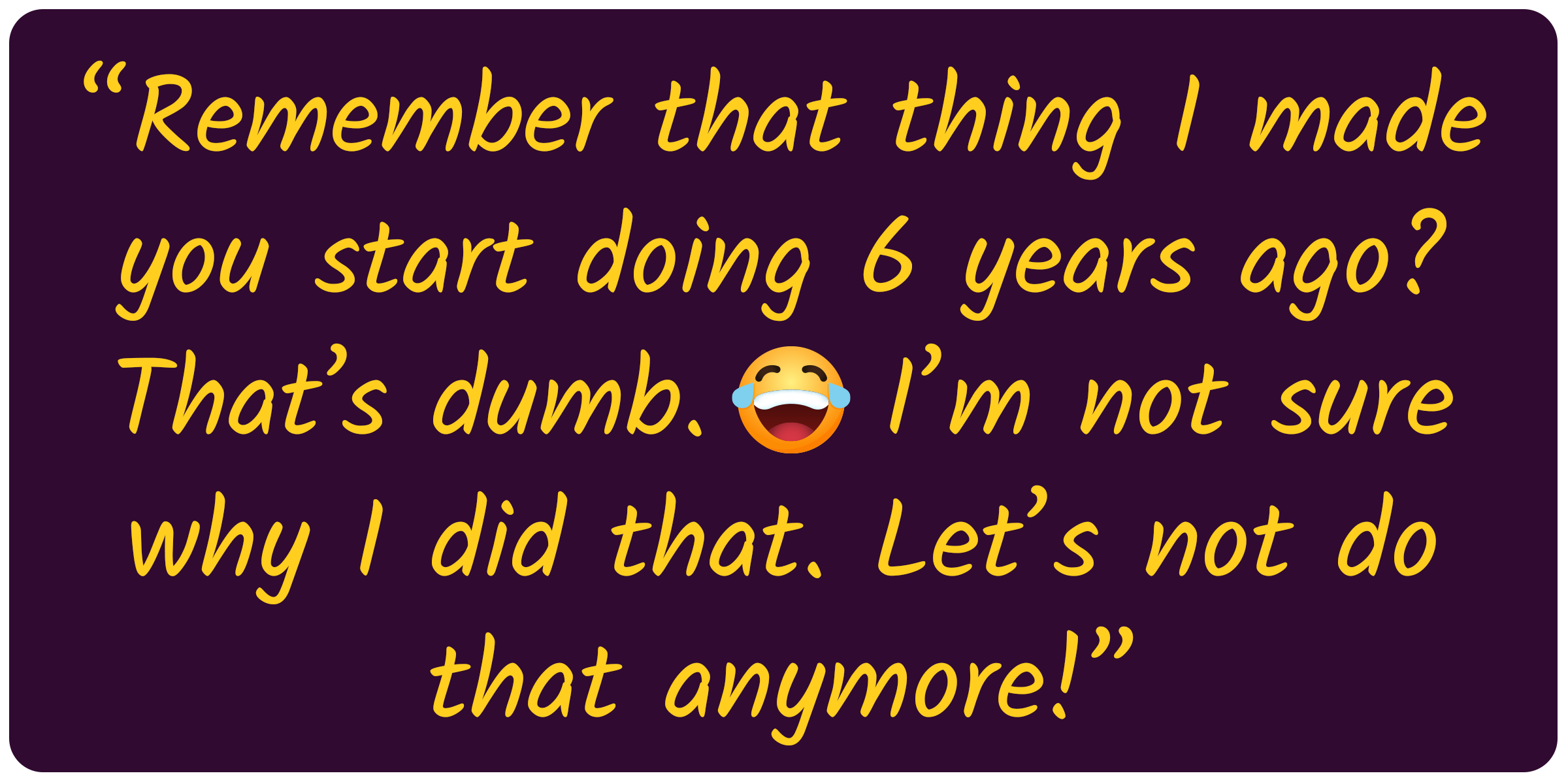
What’s the point of that?
A few years ago I shifted my focus and started asking myself and my team all the time: “What is the point of that?” It probably happened around the time we all felt we were working to the max and it appeared we couldn’t possibly do something new that we were striving to achieve. I looked around and we had several practices in place that were put there to track data or details that no one was even using. “What is the point of that?” If we were not using the output, we stopped with the input. Or if the input was required, we streamlined the process. Now I’m sort of obsessed with slashing practices that don’t serve a purpose. Just ask my team – they are used to it by now. Conversations go something like this: “Remember that thing I made you start doing 6 years ago? That’s dumb. I’m not sure why I did that. Let’s not do that anymore!” We just gained some time back to focus on something better, just like that!
Which pieces of the financial management puzzle are left?
Over the next series of (3) blog posts, I intend to break down the concepts that I have found are key pieces to the puzzle. These are the concepts that matter the most to me in understanding financial success and are applicable and scalable to districts of all sizes and demographics. I work in a small-ish, low-ish Free/Reduced district. I don’t pretend to deeply understand the differences and challenges of operations different from mine. But the concepts discussed in this series do apply and can be scalable to all districts.
Quick preview of what is to come:
Concept 1: Cost vs. Revenue vs. Margin
Concept 2: Traditional vs. Non-Traditional KPIs
Concept 3: Applying Fixed and Variable Costs to the Menu
Looking ahead
These concepts have always been important, but now even more so in a world with looming school closures and no guarantees of traditional meal service we have come to rely upon. We can’t plan to compare SY 20-21 numbers to last school year’s or the previous years’ numbers to predict how we will end up at the end of the next school year. Those numbers and that budget will almost certainly look completely different and will be more fluid and changing than it ever has been. I can’t think of a better time to set your focus on real-time numbers and putting strategy in place to pivot from what you learn from real-time data. Small changes that take minimal time investment can make a huge impact.
Looking forward to exploring this together!

